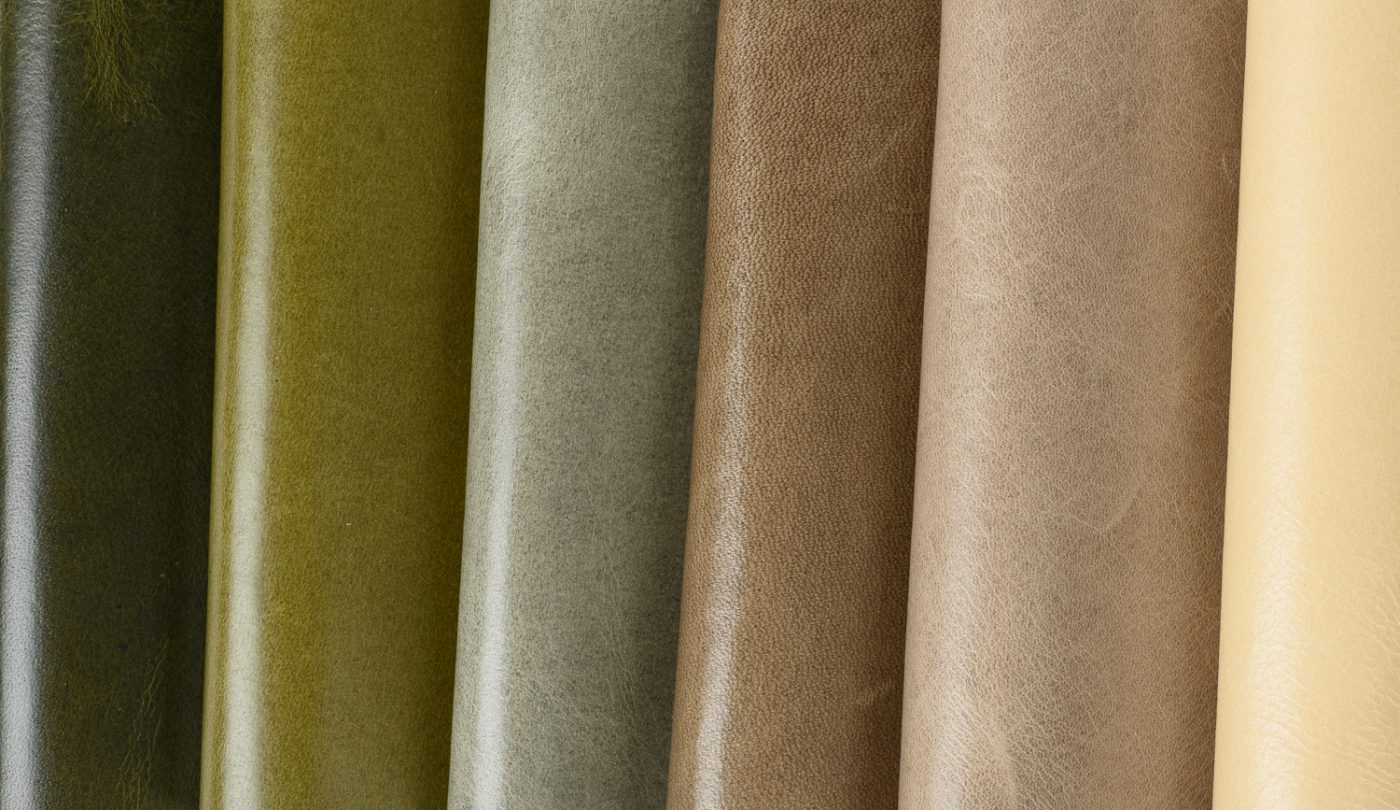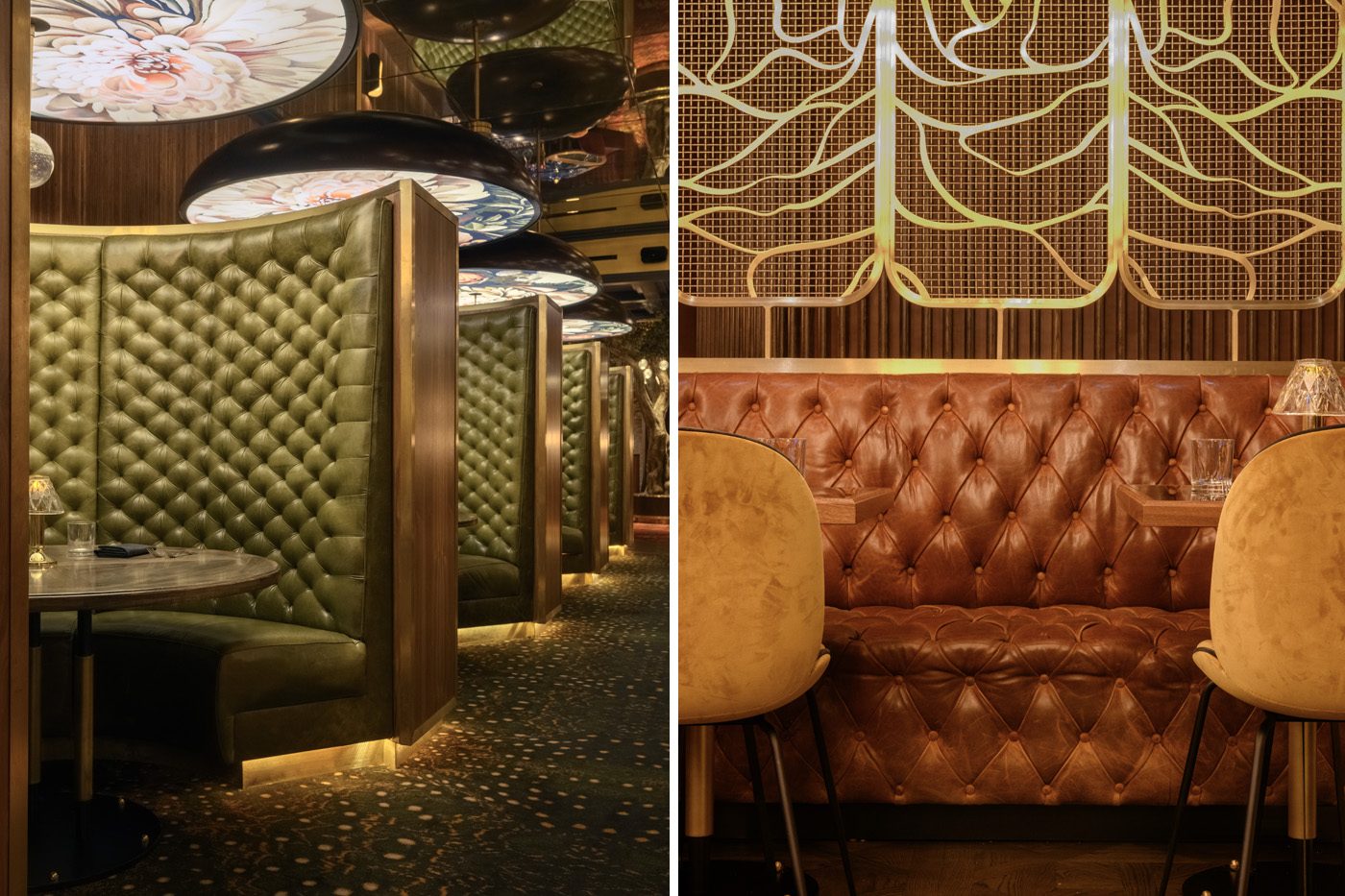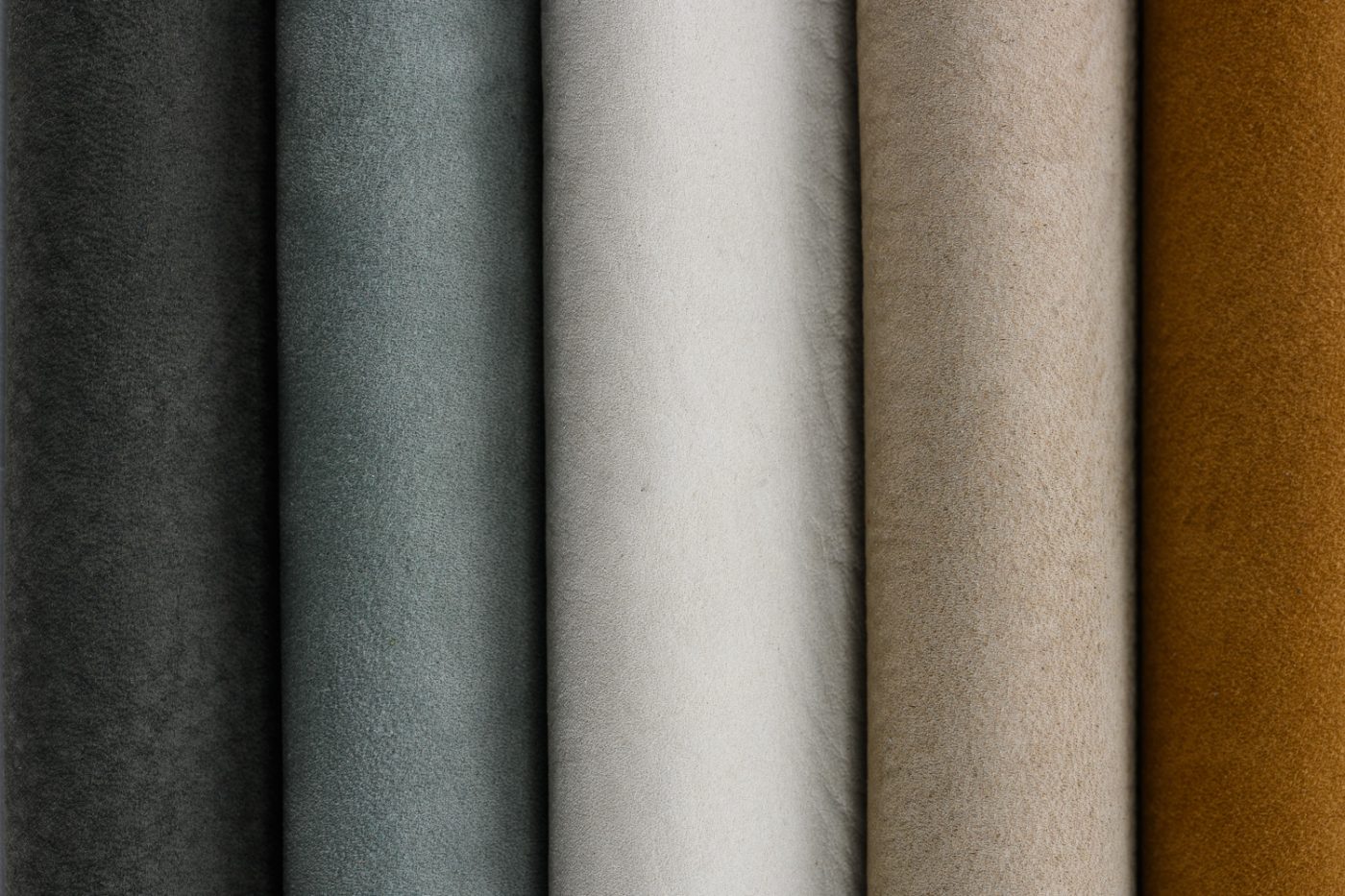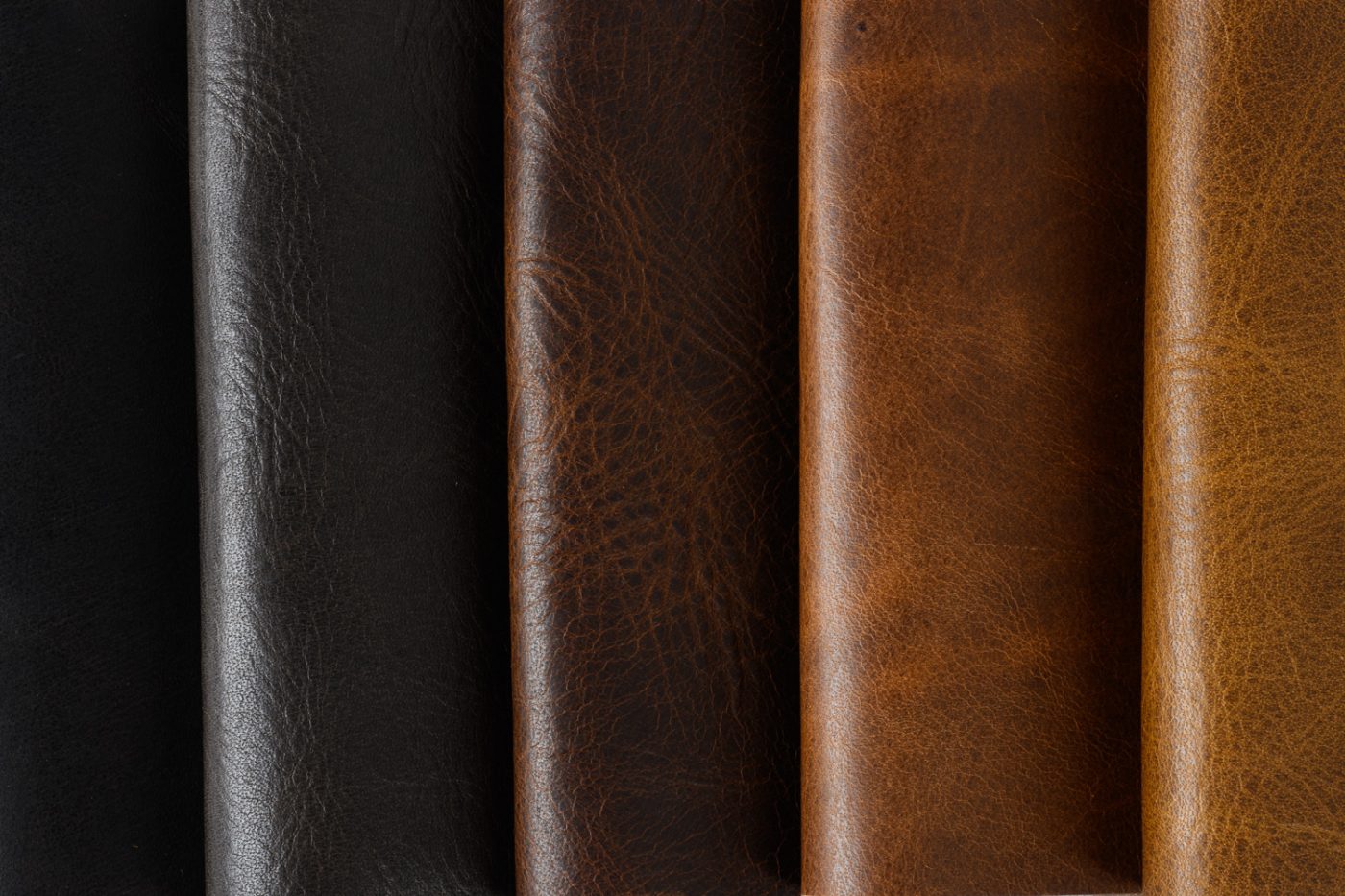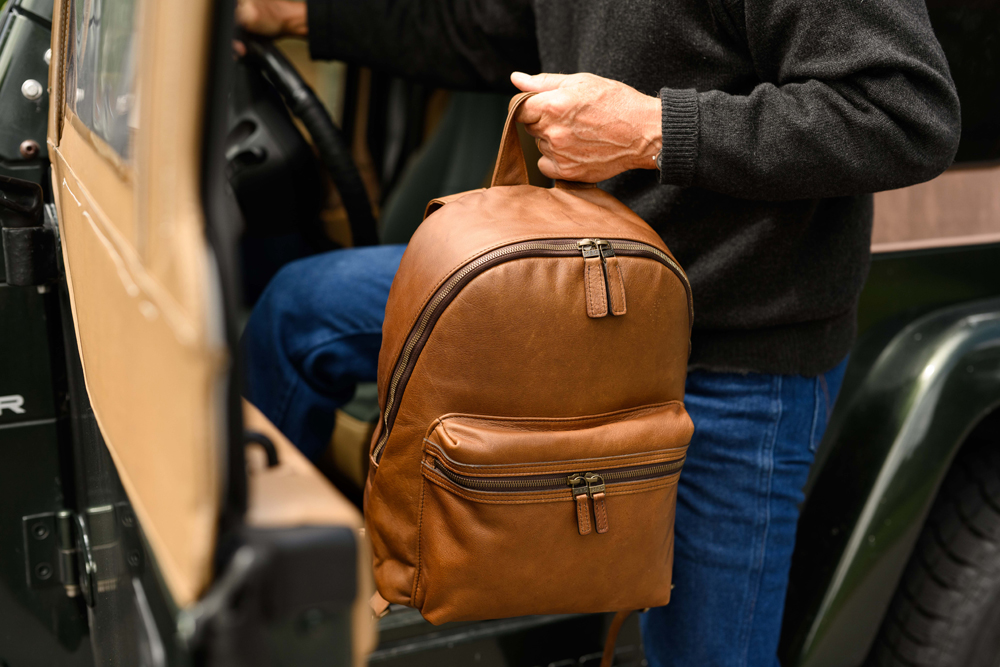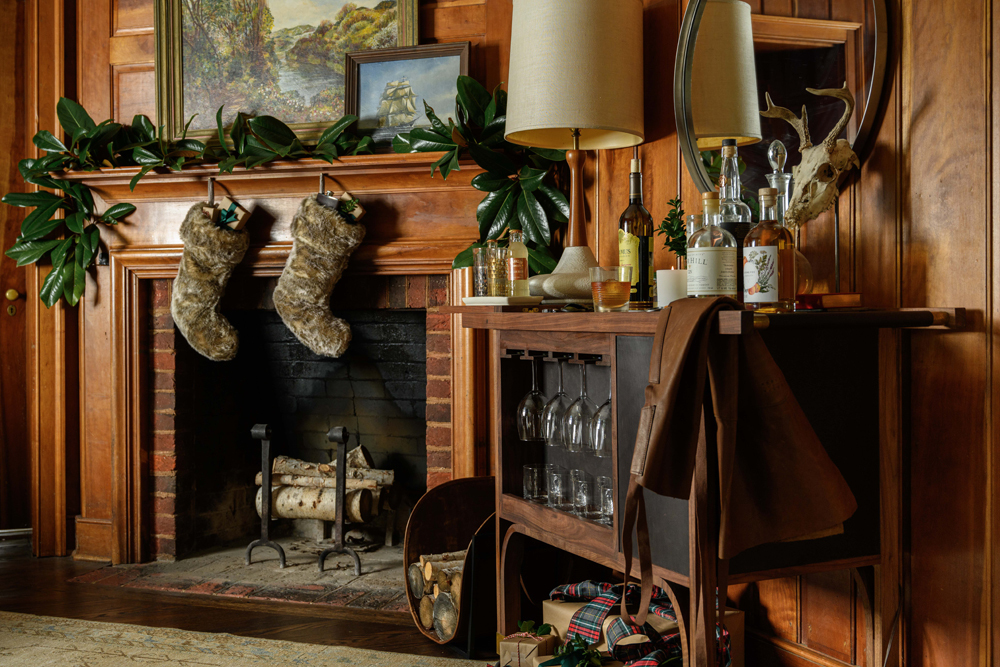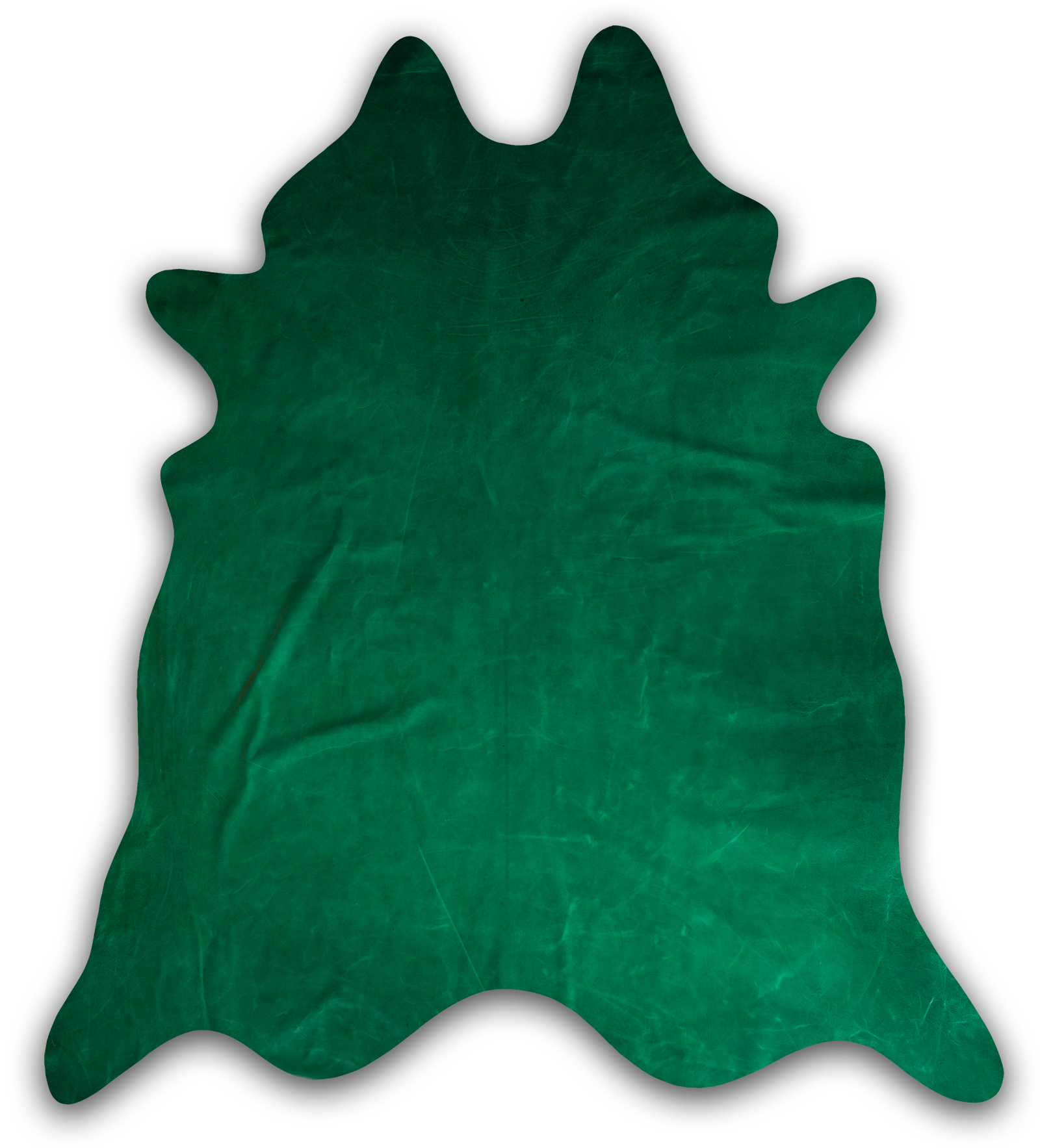Understanding The
Flow Of Color
Each hide of Moore & Giles natural leather is unique. Even within the same dye-lot you will find subtle variation in color between hides based on the simple fact that each hide had a different life. Below is an example of how a skilled upholsterer will utilize a slight color difference to their advantage.
1
2
3
4
5
6
7
Click on Hotspots to Learn More
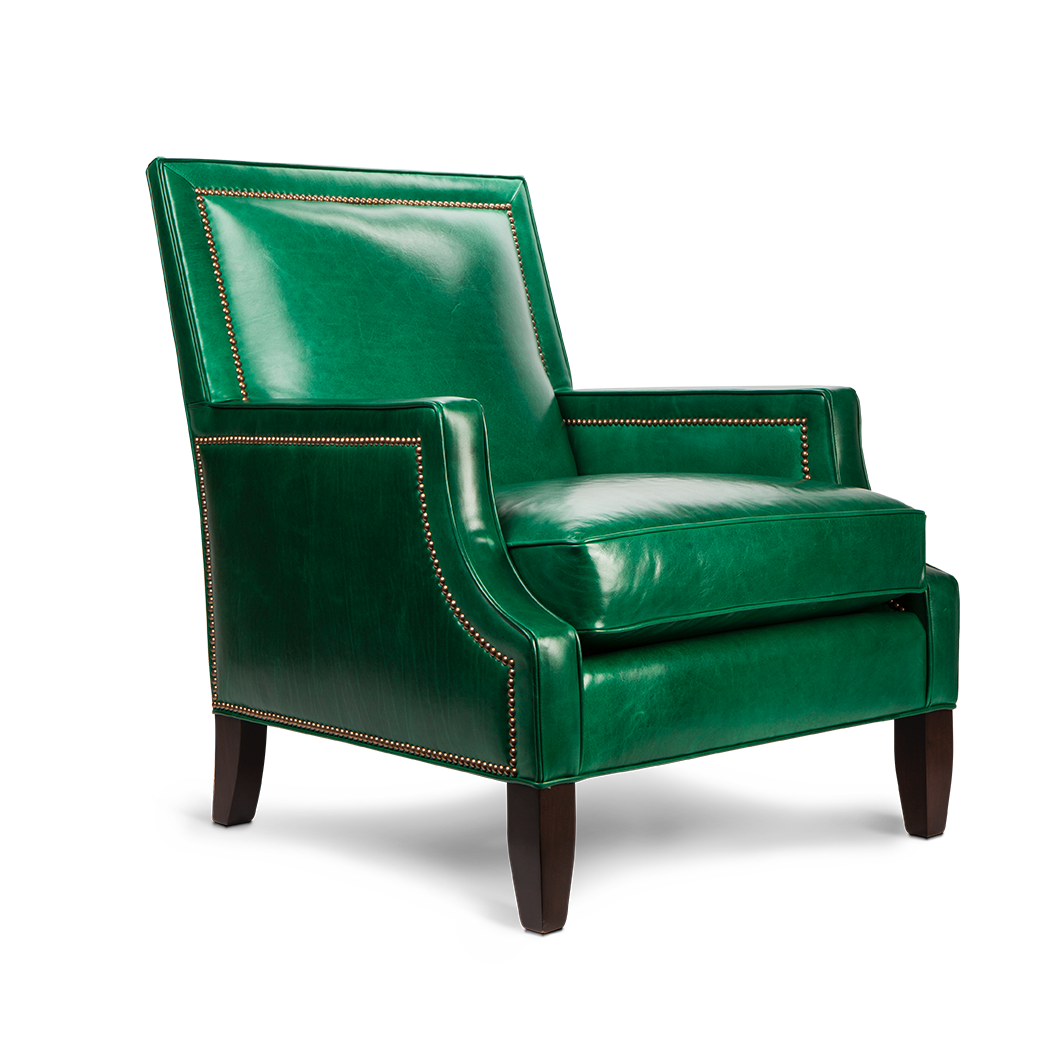
1.Trim
Hide 1: Darker Hide
2.Seat Back
Hide 1: Darker Hide
3.Inside Arm
Hide 2: Lighter Hide
4.Cushion
Hide 2: Lighter Hide
5.Side
Hide 1: Darker Hide
6.Arms
Hide 1: Darker Hide
7.Back
Hide 1: Darker Hide
In this quick video you will see the chair above in Mont Blanc Emerald come to life. We show you the difference in the hides and how the skilled folks at Wesley Hall in Hickory, NC worked from pattern to packaging.
Parts Of A Hide
Neck Wrinkles
Maybe a short sentence about neck wrinkles goes here.
